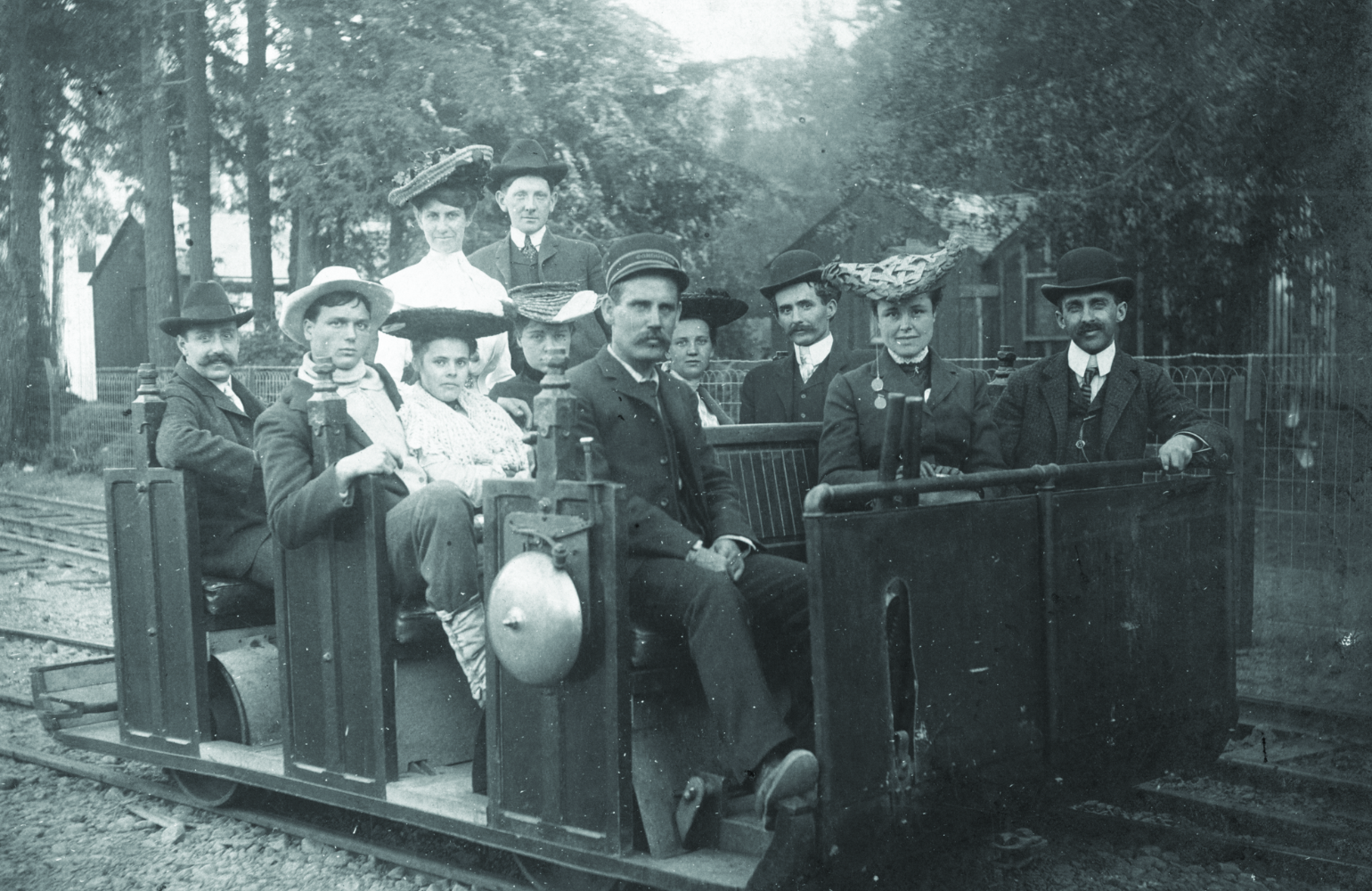Think about Marin having a clean and green, electric-powered rail system operating with stations in Fairfax, San Rafael, Mill Valley and San Anselmo. And they all connect to a terminal in Sausalito where riders then take the ferry into San Francisco. Believe it or not, the county had such a system from 1903 to early 1941. Making it even sweeter, the trains’ only sound was a low moaning air whistle. As for the electric power, it came from the High Sierra via 150 miles of transmission line that was, at the time, the world’s longest (Also at the time, New York’s famed subway system was only in its infancy).
So what went wrong? Here’s what: The Northwestern Pacific Railroad’s formula lacked one key ingredient: people. In 1903, the county had a population of only 16,000 and by the mid-1930s it had grown to a mere 41,000 residents. By then most households had a least one automobile. “At best, no more than 20,000 fares — perhaps representing 10,000 people — were collected in a single day,” writes historian Harre Demoro in Electric Railway Pioneer (Interurban Press, 1983). The proverbial nail in the coffin came on May of 1937, when commuters in cars began traversing the recently opened Golden Gate Bridge into the city. Sadly, Marin County’s last interurban electric train ran on February 28, 1941.

